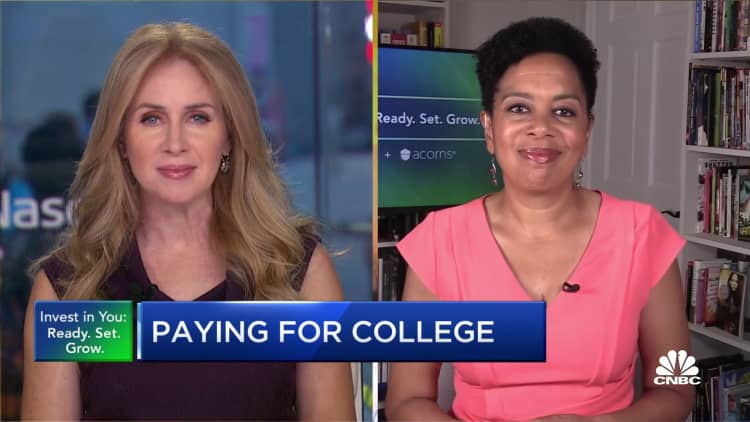[the_ad id="21475"]
[ad_1]
When it comes to college these days, students are more concerned about how they will pay the tab than they are about getting in, according to a recent survey of college-bound students and their families.
Higher education already costs more than most families can afford, and college costs are still rising. Tuition and fees plus room and board for a four-year private college averaged $53,430 in the 2022-2023 school year; at four-year, in-state public colleges, it was $23,250, according to the College Board.
For most students and their families, which college they will choose hinges on the amount of financial aid offered, which is laid out in each school’s financial aid award letter.
More from Personal Finance:
College hopefuls have a new ultimate dream school
The cheapest states for in-state college tuition
College is still worth it, research finds
Understanding the college financial aid letter
One of the first things to understand when assessing aid letters is the formula colleges use to come up with the expected family contribution.
“It’s not so much what you can afford to pay but what you can afford to finance,” said Kalman Chany, a financial aid consultant and author of The Princeton Review’s “Paying for College.”
Chany advises families to wait until all of the offers are in and then compare. What may look like the largest offer might not be the best, he said.
“One school might give you $5,000 more grant aid but their cost could be $8,000 more.”
It’s not so much what you can afford to pay but what you can afford to finance.
Kalman Chany
financial aid consultant
Further, not all colleges include both direct and indirect expenses in the total “cost of attendance.”
While most schools outline baseline tuition and fees and room and board, some might not include “indirect expenses” such as textbooks, supplies, transportation and any other extras. For each school, list out all the costs, including personal expenses, before deducting grants or scholarships.
As a rule of thumb, add an extra $4,000 for those indirect costs if they are not included in the aid offer, Chany said.
“You have to look at the net net,” he said.
Differentiate free vs. borrowed money
In most award letters, there are often several financial aid options, including grants, scholarships, work-study opportunities and student loans.
If you’re having trouble telling the difference between gift aid and loans that will need to be repaid, look for terms such as “grant,” “scholarship” and “fellowship.” Anything…
Click Here to Read the Full Original Article at Top News and Analysis (pro)…
[ad_2]
[the_ad id="21476"]
